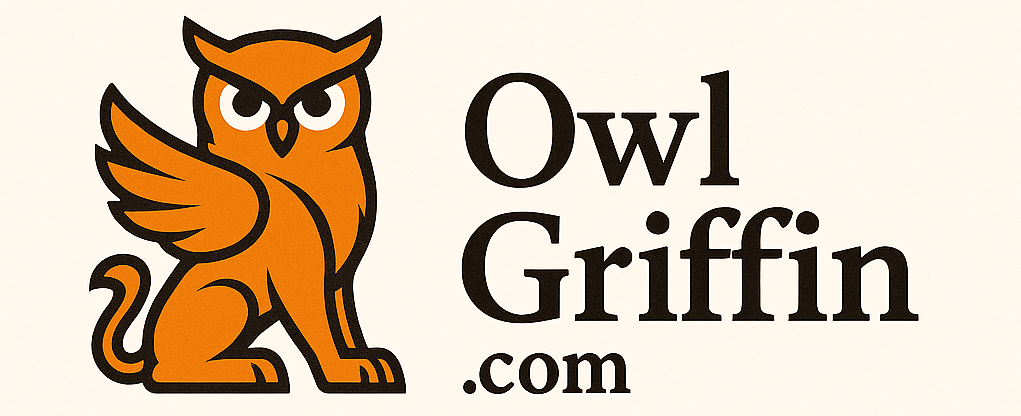The Rise of Amaterasu and the Underworld Gate: A Journey Through Japanese Mythology
Introduction: The tale of Amaterasu, the radiant sun goddess, and the opening of the underworld gate is a cornerstone of Japanese mythology, a collection of stories, beliefs, and practices that…

